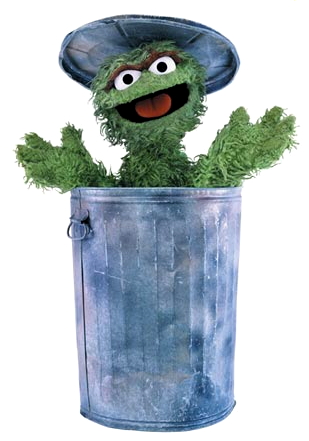- Joined
- Jan 30, 2008
- Messages
- 11,489
- Location
- The 90's
- NNID
- staindgrey
- 3DS FC
- 0130-1865-3216
- Switch FC
- SW 1248 1677 4696
Oh it's one of the most fascinating things in videogame history to me. I went to a panel with the old execs of Sega of America and read a couple books about the inner workings at Sega during that time frame. Here are the cliff notes, going off memory (so kinda of vague):Why did Sega go third-party and when did it happen? It's not something I've thought about too much, but I'm a little curious now.
- When Sega wanted to make a successor to the Genesis, they at first approached Sony, but balked, then tasked two internal teams to design hardware. One was Japanese, one was American. The Japanese one won out, but Sega of America thought it was a terrible decision because trying to reproduce arcade hardware with two CPUs would make it much harder to program for.
- Sega of America then designed the Sega 32x, a peripheral to add to the Genesis to make higher quality games, all while Sega partnered with Panasonic (I think) to license the Sega CD peripheral. So in about a year and a half span, they were releasing three competing consoles under the same brand, cannibalizing their own sales.
- Sega announced a surprise release of the Saturn at E3, in which customers could go pick up a console RIGHT NOW. But to keep the launch secret, many retailers didn't get any consoles and were understandably pissed about it, refusing to sell Saturns afterward. Then, at that very same E3, the Sony Playstation was announced to be $100 less. Why go buy a console now for $500 when a $400 one is coming in a couple months?
- All of this hurt Sega significantly, and they prematurely started work on the Dreamcast. Their Sonic game intended for the Saturn never came-- it was a game similar to Super Mario Galaxy in concept, actually-- so they reused those assets to make Sonic Adventure a launch title. The Dreamcast actually saw the largest console launch in history, making Sega of Japan extremely confident in the brand, but Sega of America was still warning them that the PS2 would kill their console if they didn't work harder to gain third party support and add significant online support and a DVD player.
- Sure enough, the PS2 coming out a year later killed the Dreamcast. It had better graphics, built-in DVD playing and the Sony brand name (the PS1 outsold the Sega Saturn, like, 10-to-1 I think). So while the Dreamcast started strong because it was first, it soon became old news against the PS2, and the upcoming Gamecube and Xbox. Further, the Dreamcast was incredibly easy to hack to play burned discs, so their software sales plummeted. So Sega hemorrhaged money since the mid-nineties, were becoming a poor financial investment, and finally had to restructure their company if they didn't want to go bankrupt. Since their consoles were what had lost them so much money for the last half decade, they simply decided to stop making consoles. Making games for other consoles was a safer investment.
- Originally they approached Microsoft to try and team up to make the Xbox, fun fact. That's why the sequels to Jet Set Radio, Panzer Dragoon and Shenmue were exclusive to Xbox. But apparently, Microsoft's head honchos nixed the deal because they saw Sega as a liability considering their track record. So instead, Sega was bought out by a holding company, Sammy, who then focused their developers on easy-profit games like Sonic, Football Manager and officially licensed games like Captain America. It's a major reason why we see so many ports of Genesis titles and why so many smaller Sega IPs like NiGHTS, Jet Set Radio, Crazy Taxi, etc. have rarely seen further sequels.
There are plenty of videos about Sega's downfall if you're genuinely interested. I find their history fascinating. SO many consecutive wrong turns that essentially birthed both the Playstation and Xbox brands. Kind of ironic.
Last edited:

